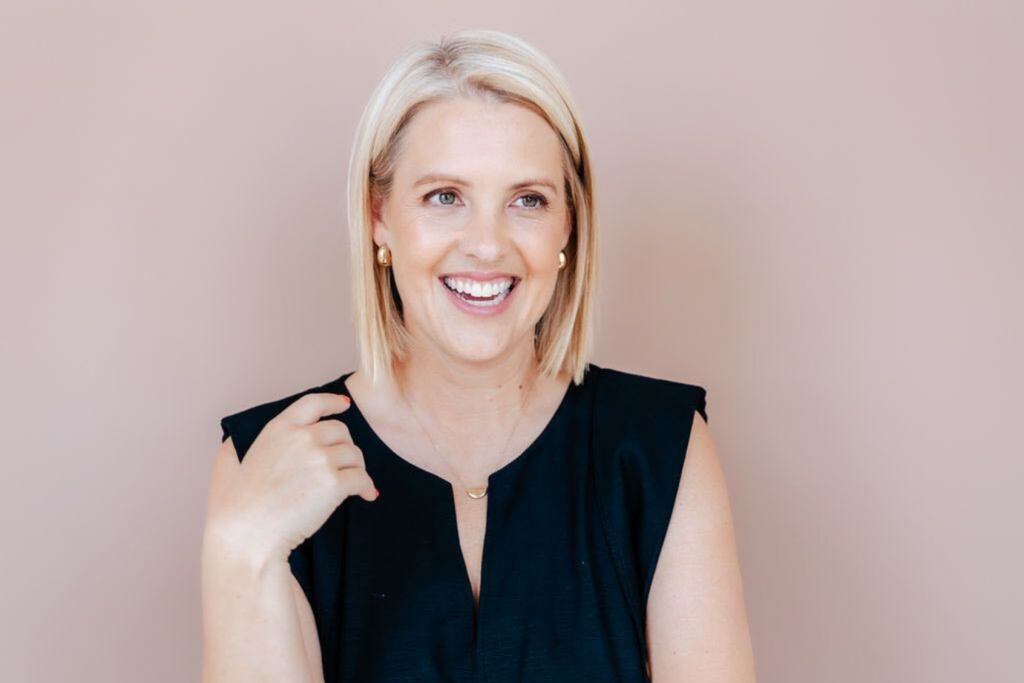Australia is a wonderful place to live and raise children. Our island home is shielded from foreign conflict and boasts an enviable lifestyle: stunning landscapes, world-class healthcare, quality public schools, and an abundance of beautiful beaches and parkland.
But for many parents, the reality of raising children in Australia comes with a hefty price tag. With the average out-of-pocket cost of childcare in Sydney nearing $90 per day, the picture of an idyllic, family-friendly nation starts to blur when you’re expecting your first baby.
In the three years to December 2024, the cost of living for young families with children under six soared by 27 per cent. Last year, childcare was the third-fastest-growing cost in the consumer price index at 10.7 per cent, trailing only insurance and tobacco.
And while government subsidies should, in theory, ease the burden, for-profit providers have consistently increased fees in step with subsidy rises — effectively cancelling out the benefit for parents.
The hidden cost of exclusion
Early childhood education and care in Australia is expensive and we’re all paying the price.
Let’s start with the cost to our future generations. Right now, around 126,000 Australian children are locked out of early education because their parents don’t meet the eligibility criteria for the Child Care Subsidy.
We know that children who attend quality early learning are more likely to finish school, go to university, and secure stable employment. They are also less likely to engage in crime, rely on social services or require excessive healthcare services.
The parents of these 126,000 children are more likely to be parenting solo, unemployed, or working low-income, part-time, or casual jobs. Their children are the very children who would benefit most from early education and yet they miss out.
These children are our future leaders, innovators, and workforce. And they are more likely to start school developmentally vulnerable because they haven’t had the same opportunities as their luckier peers.
Speaking of luck, let’s talk about the postcode lottery that is access to early education and care.
A staggering 24 per cent of Australians live in what’s called a “childcare desert” where three or more children compete for a single childcare place. These deserts are primarily in regional, rural and remote areas, but also exist in outer metropolitan suburbs in every capital city, where providers have less financial incentive to open services.
The impact on local communities is devastating. With hundreds of thousands of country children locked out of early learning, many of their parents — disproportionately mothers – are consequently locked out of paid work and all of its associated economic and social benefits.
Teachers, doctors, nurses, psychologists, farmers and police officers who want to work, who, in the midst of a cost-of-living crisis, need to work, whose communities need them to work. But they can’t, because there’s no one to look after their children.
This isn’t just an individual family issue—it’s a workforce and economic issue. Essential services in regional and rural areas are already stretched, with waitlists for healthcare and early education at breaking point. Local businesses, which so often form the heart of country towns, can’t find workers.
In December Labor committed $1 billion to build or expand 160 childcare services in underserved areas if re-elected. The potential impact for country kids, parents, workforces and communities is huge.
So far the Liberal Party remains largely silent on the matter. But even the historically conservative National Farmers Federation has called on the Coalition to match Labor’s investment, as farmers and primary producers – the people who literally put food on our plates – struggle to work at full capacity without this essential service available.
And we can’t talk about the cost of unaffordable, inaccessible or unsuitable early childhood education and care without talking about gender equity. Because when it comes to childcare, women are paying the price in more ways than one.
Whether you’re a single mum ineligible for subsidies, a woman in a two-parent household forced to sacrifice your financial security, or an early childhood educator who’s burnt-out and fed up with years of being over-worked, under-paid and under-valued Australia’s broken childcare system hurts women the most.
“The motherhood penalty” describes the financial hit women take after having children and in Australia, it’s huge — a 55 per cent drop in lifetime earnings, which is significantly higher than in other OECD countries. Across her working life, the average Australian woman will earn $1.01 million less than the average man, according to The Australia Institute.
There’s no doubt that single, unemployed and low-income mums experience the worst of Australia’s childcare system, but the reality is it fails to serve women of all backgrounds. There are far too many highly-educated and skilled women in this country who are willing to work but can’t because they either can’t access suitable childcare or the short-term maths doesn’t add up.
The long-term cost that too many of these women end up paying for taking on the unpaid care is eroded financial security.
But even if the argument for gender equity doesn’t persuade you, the economic case should. When more women participate in paid work, the economy grows and communities and families prosper. When more children participate in high quality early education and care, they are far more likely to thrive and realise their potential.
That’s why investing in early childhood education delivers a $2 return for every $1 spent.
It’s no coincidence that our Nordic friends across the globe excel in productivity, gender equity and have the most accessible childcare systems in the world.
Deakin University Professor Andrew Scott estimates that if Australia’s female workforce participation matched Nordic levels, our economy would grow by more than $130 billion. Yet, until we fix our childcare system so it’s truly accessible and totally affordable, Australian women will remain locked out of work and children locked out of life-changing early education.
There aren’t many silver bullets in social policy, but universal high quality early childhood education and care comes close.
The Albanese Government has done more than any previous federal government to fix this crisis, including delivering last year’s historic wage rise for early childhood educators and committing to a three-day guarantee for all children. But there’s still much more to do.
Labor’s election commitment to build or expand new services in underserved areas is a critical step forward. Now, the Coalition must step up.
We urge them to match this commitment, and we urge all Australians, whether they have young children or not, to consider how they are paying the price of Australia’s childcare crisis. Because when children are locked out of early learning, women are locked out of work. And when both of those scenarios are true, we all lose.
Georgie Dent is the CEO of The Parenthood and the host of At What Cost?, available wherever you get your podcasts.


